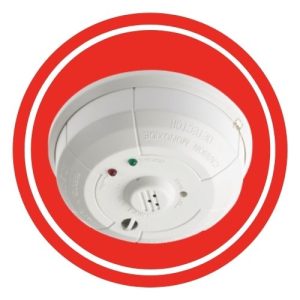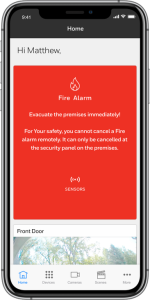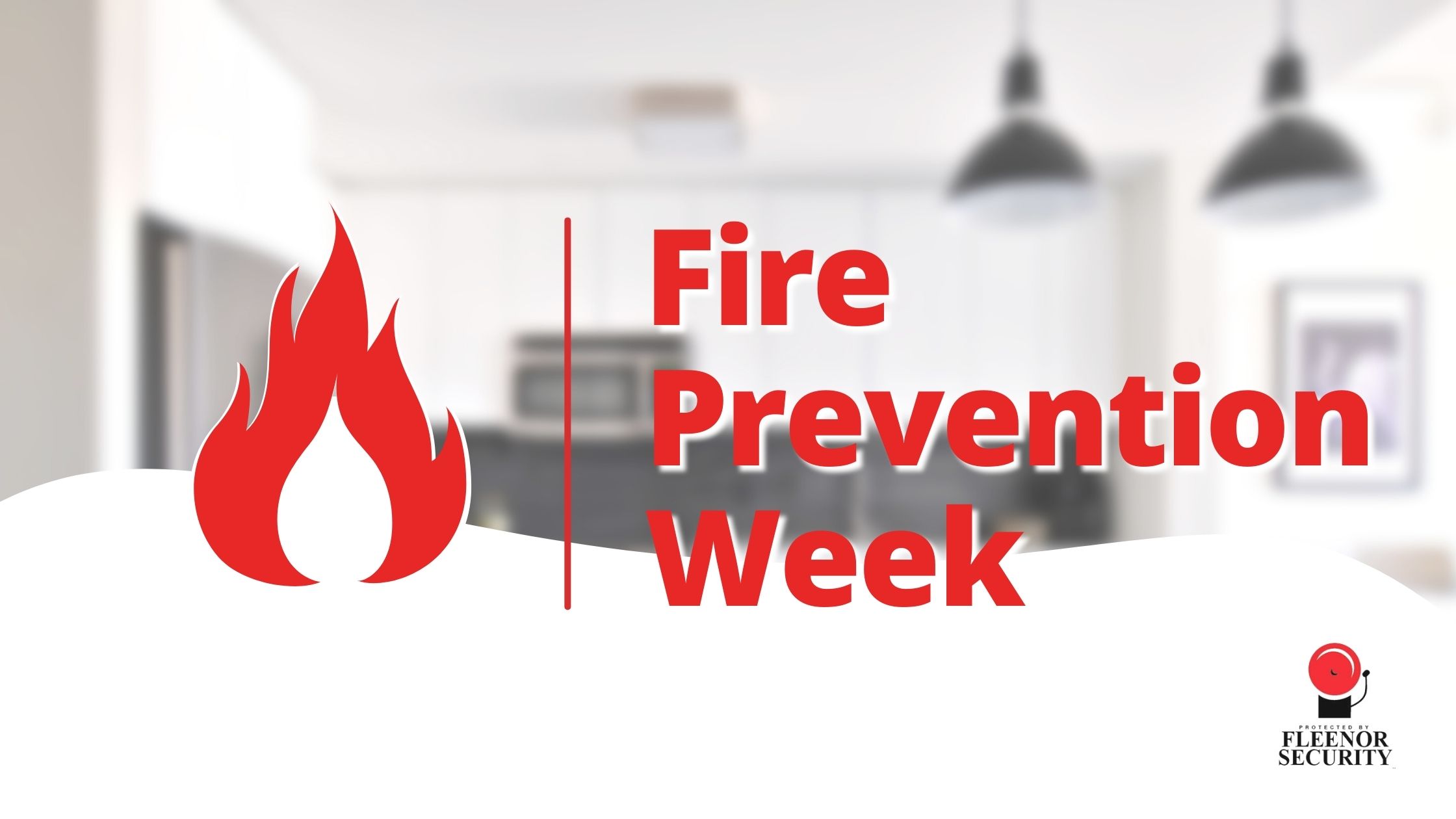Learning the Sounds of Fire Safety!
In honor of the National Fire Protection Association’s Fire Prevention Week, your friends at Fleenor Security are encouraging everyone to learn the sounds of fire safety!
Fire Prevention Week is observed each year during the week of October 9th in remembrance of the Great Chicago Fire. With the mission to provide lifesaving education to help decrease the casualties caused by fires. The 2021 Fire Prevention Week theme is “Learning the sounds of fire safety”, along with the slogan “hear a beep, get on your feet, hear a chirp, make a change”.

Join Fleenor Security as we explain the difference between a smoke and carbon monoxide alarm, as well as the different noises they emit. Knowing what to do when an alarm sounds will help keep you, your family, and your home safe and secure.
Smoke Alarms:
 When it comes to a fire, every second counts. Having the ability to immediately recognize and react to the sounds of your smoke alarm gives you and your family a chance to escape.
When it comes to a fire, every second counts. Having the ability to immediately recognize and react to the sounds of your smoke alarm gives you and your family a chance to escape.
- a continuous set of three loud beeps – BEEP! BEEP! BEEP! – means there is smoke or fire present within your home. You will need to get out, stay out, and call 9-1-1.
- A single chirp every 30 to 60 seconds means your battery is low and needs to be changed.
- Chirping that continues after the batteries have been changed, means your smoke alarm is at the end of its life and needs to be replaced.
- All smoke alarms must be replaced after ten years.
Carbon Monoxide Alarms: 
Carbon Monoxide (CO) is an odorless, colorless, and toxic gas. Due to its undetectable properties, carbon monoxide is called the invisible killer! It is imperative to have Carbon Monoxide alarms installed around your home and to be able to recognize the sound they emit.
- A continuous set of four loud beeps – BEEP! BEEP! BEEP! BEEP! – means there is carbon monoxide within your home. Individuals will need to get out, stay out, and call 9-1-1.
- A single chirp every 30 to 60 seconds means your battery is low and needs to be changed.
- If the chirping continues after the batteries have been replaced, it means your Carbon Monoxide alarm is at the end of its life and needs to be replaced.
Visit Fleenor Security’s Carbon Monoxide Blog to learn more about spotting the signs of Carbon Monoxide poisoning.
Monitored Fire Protection: 
Traditional smoke alarms and carbon monoxide detectors may activate when needed, but if no one is around, they will not help prevent disasters. Monitored systems connect to our local central station, meaning that first responders are alerted quickly to emergencies and can be on the scene even when you are not. Monitored fire protection is also essential in cases where occupants are incapable of responding, such as the elderly, disabled individuals, children, and pets.
Monitored systems also offer the option of a voice alarm. A voice alarm can wake a child up to three times faster than the traditional beeping sound.* In the event of an emergency, this extra time is extremely valuable.
The best way to ensure your family’s safety is to be proactive with the security of your home. The professionals at Fleenor Security are here to provide a helping hand in the customization of your home security. Contact us today and request a free system quote!








